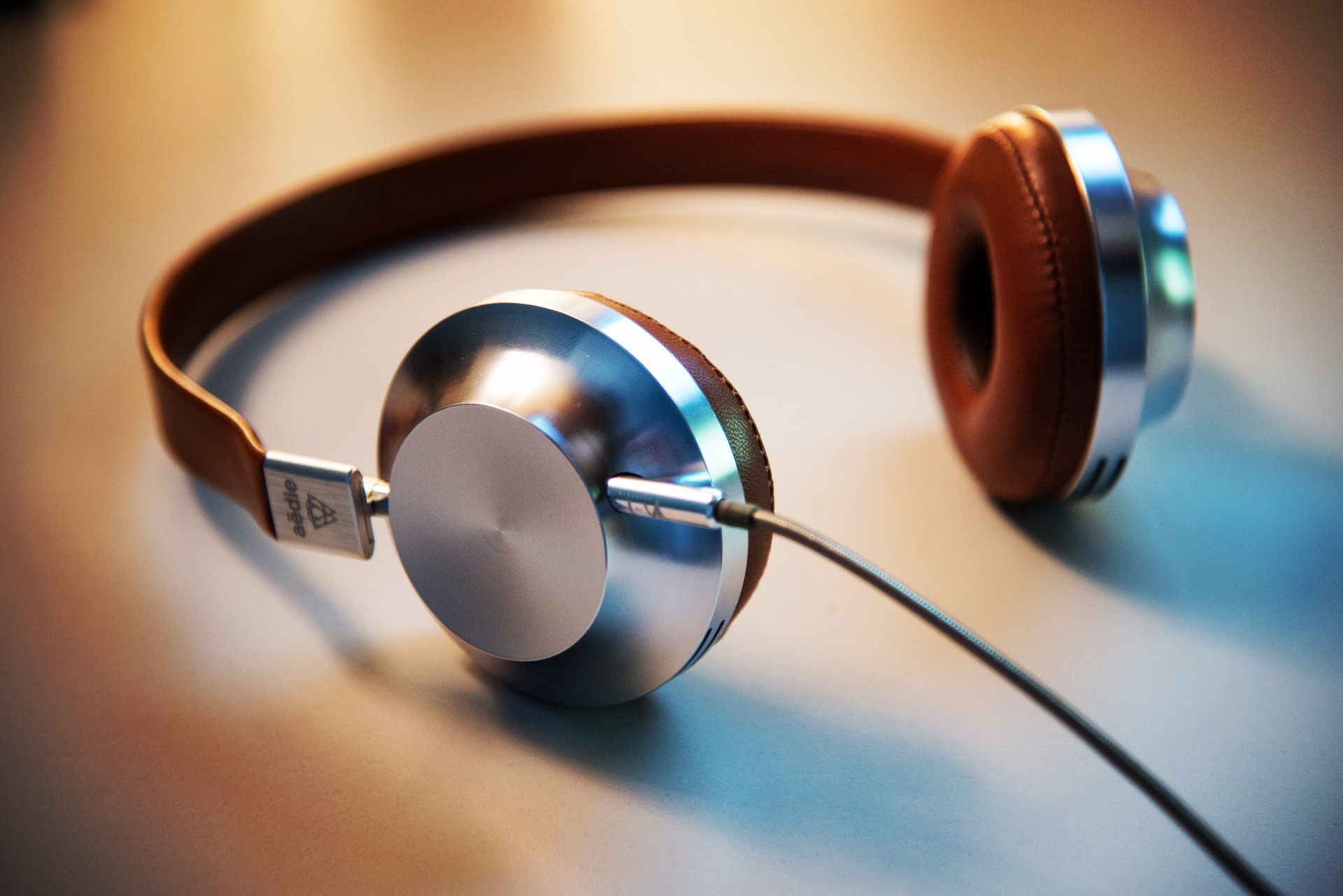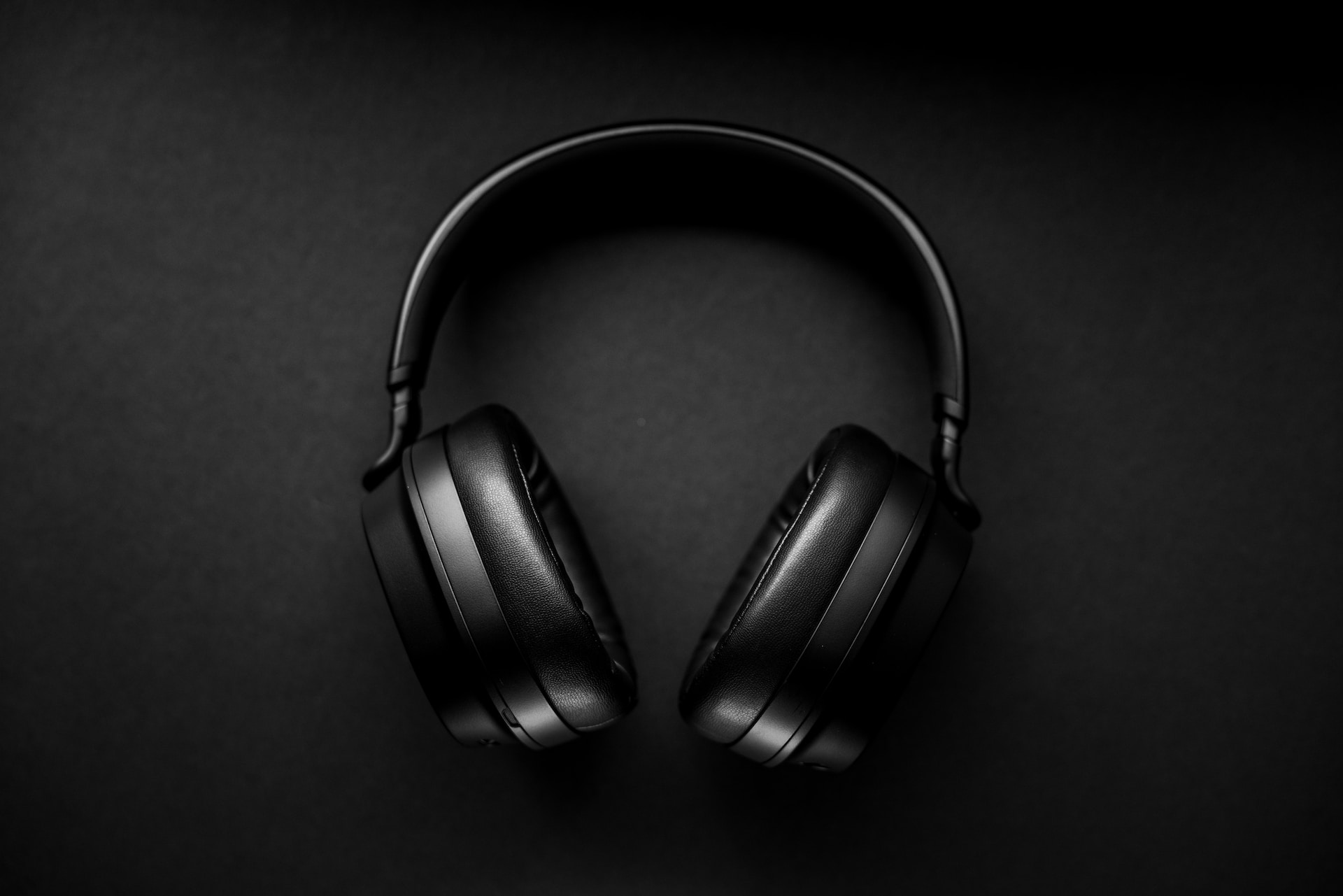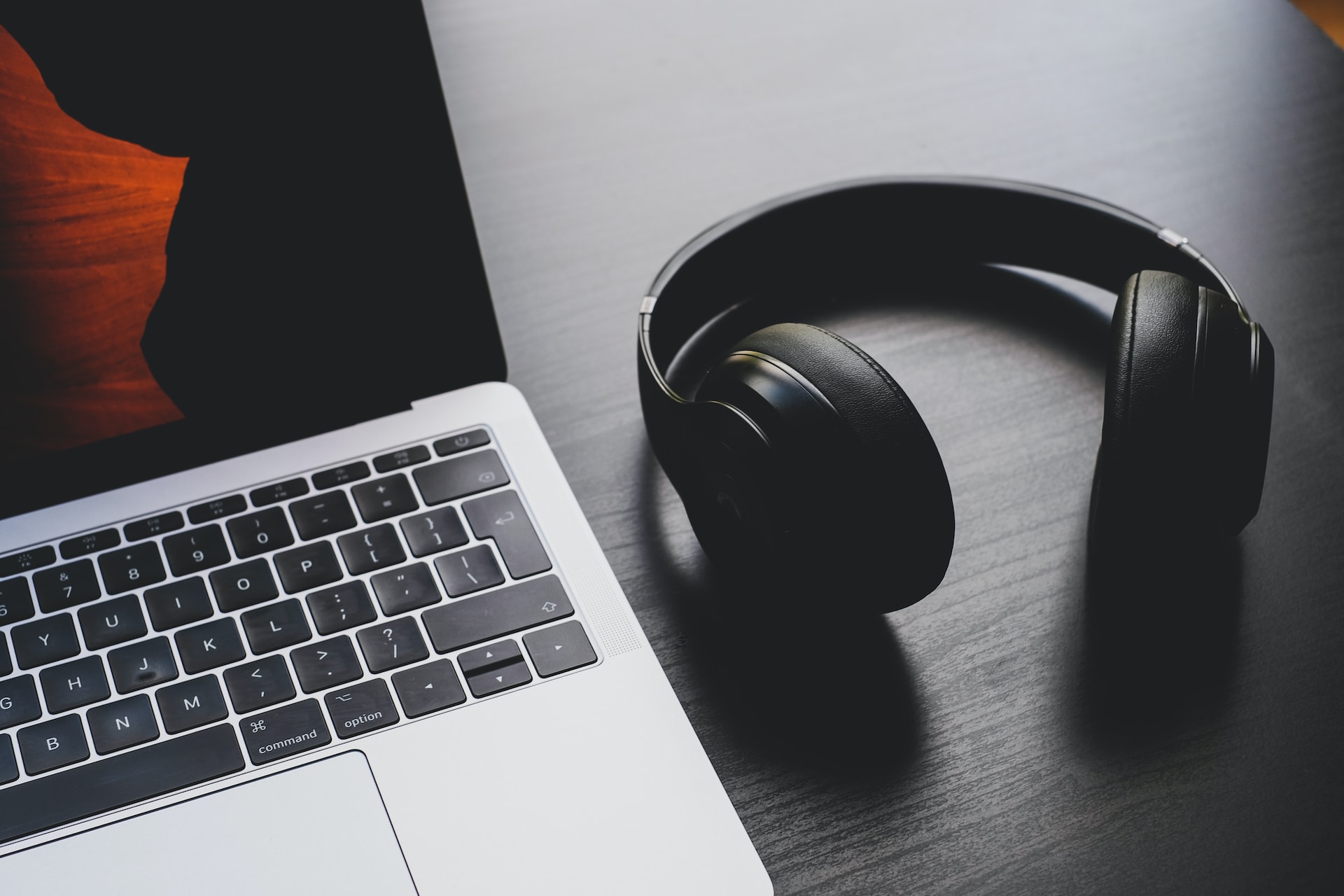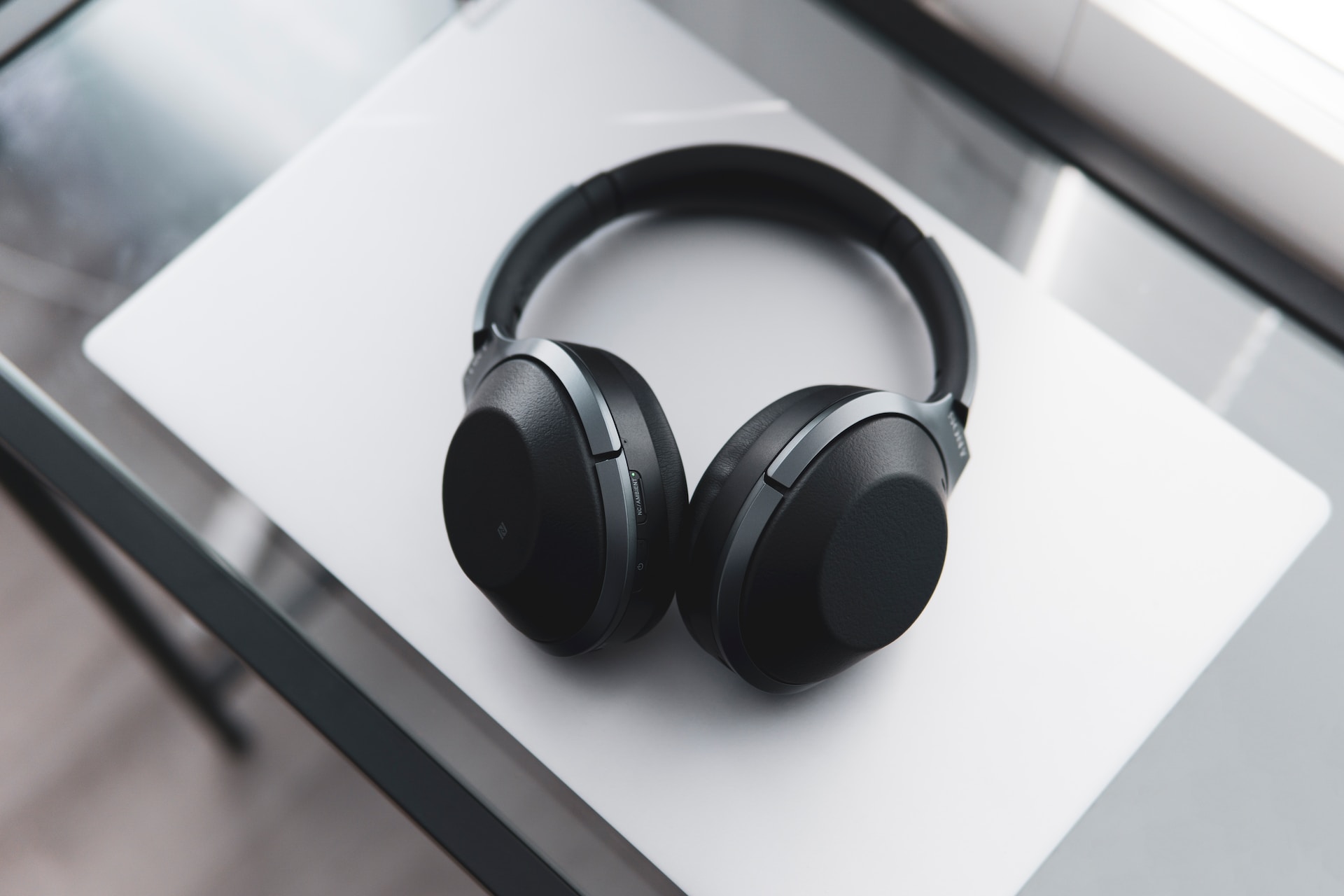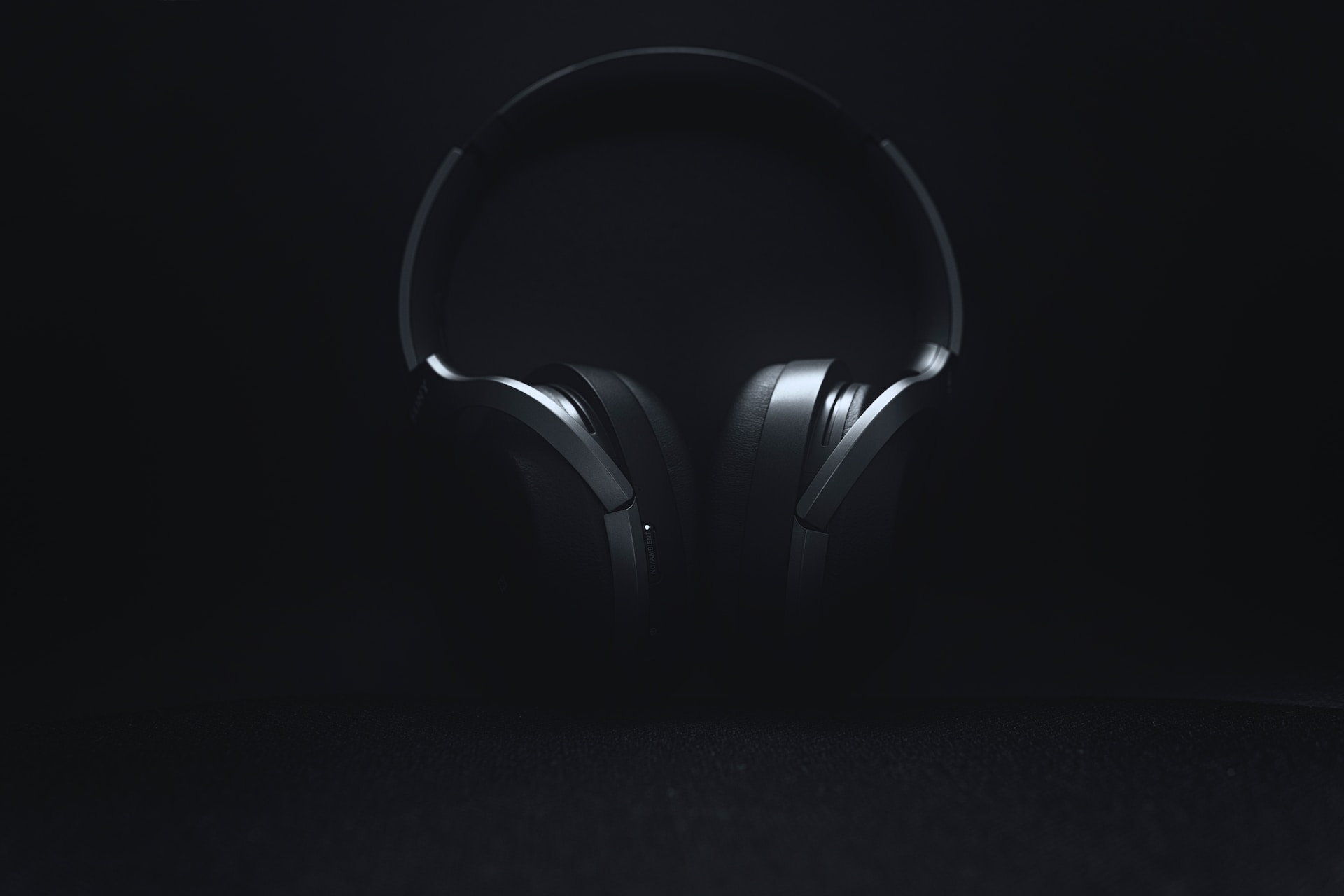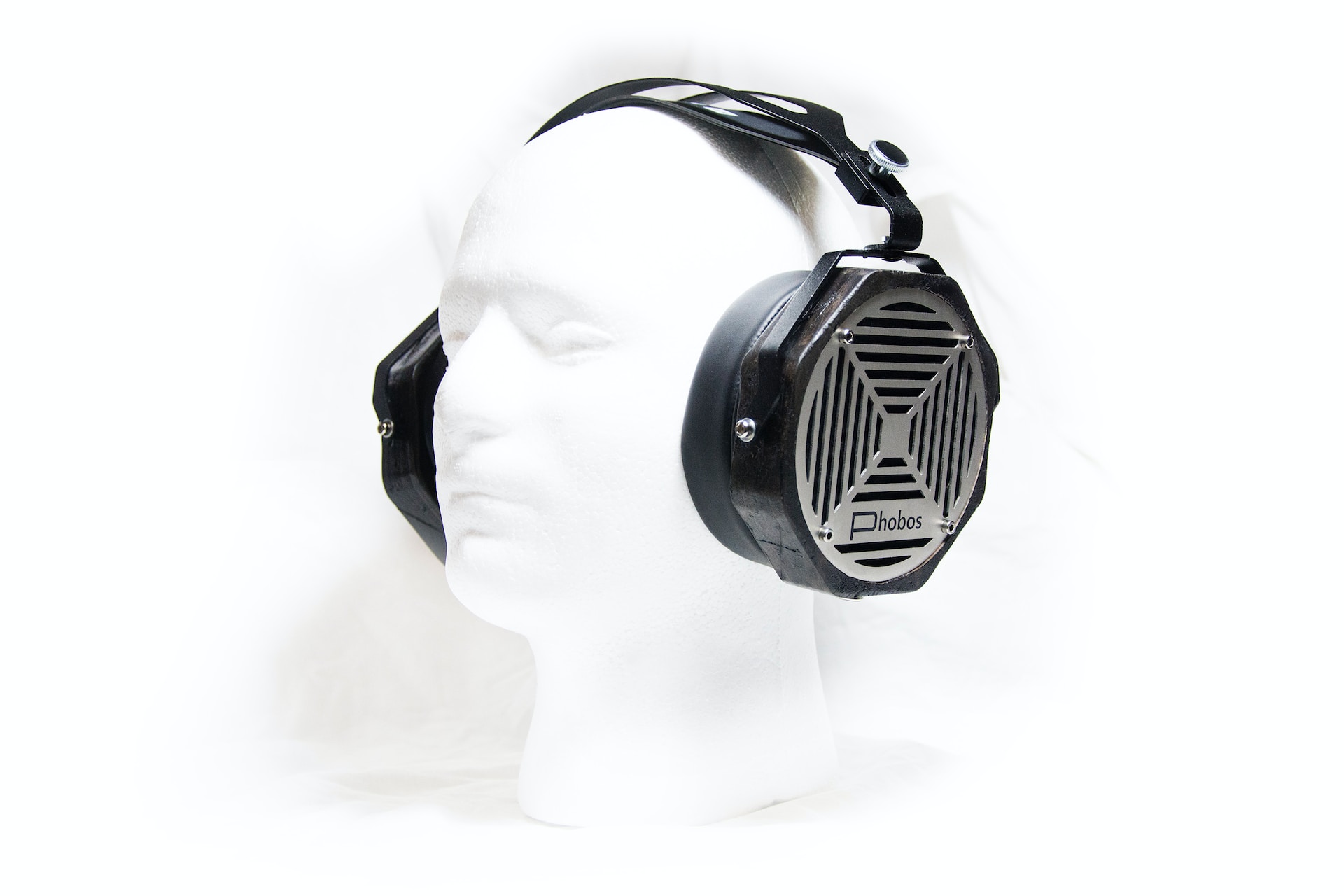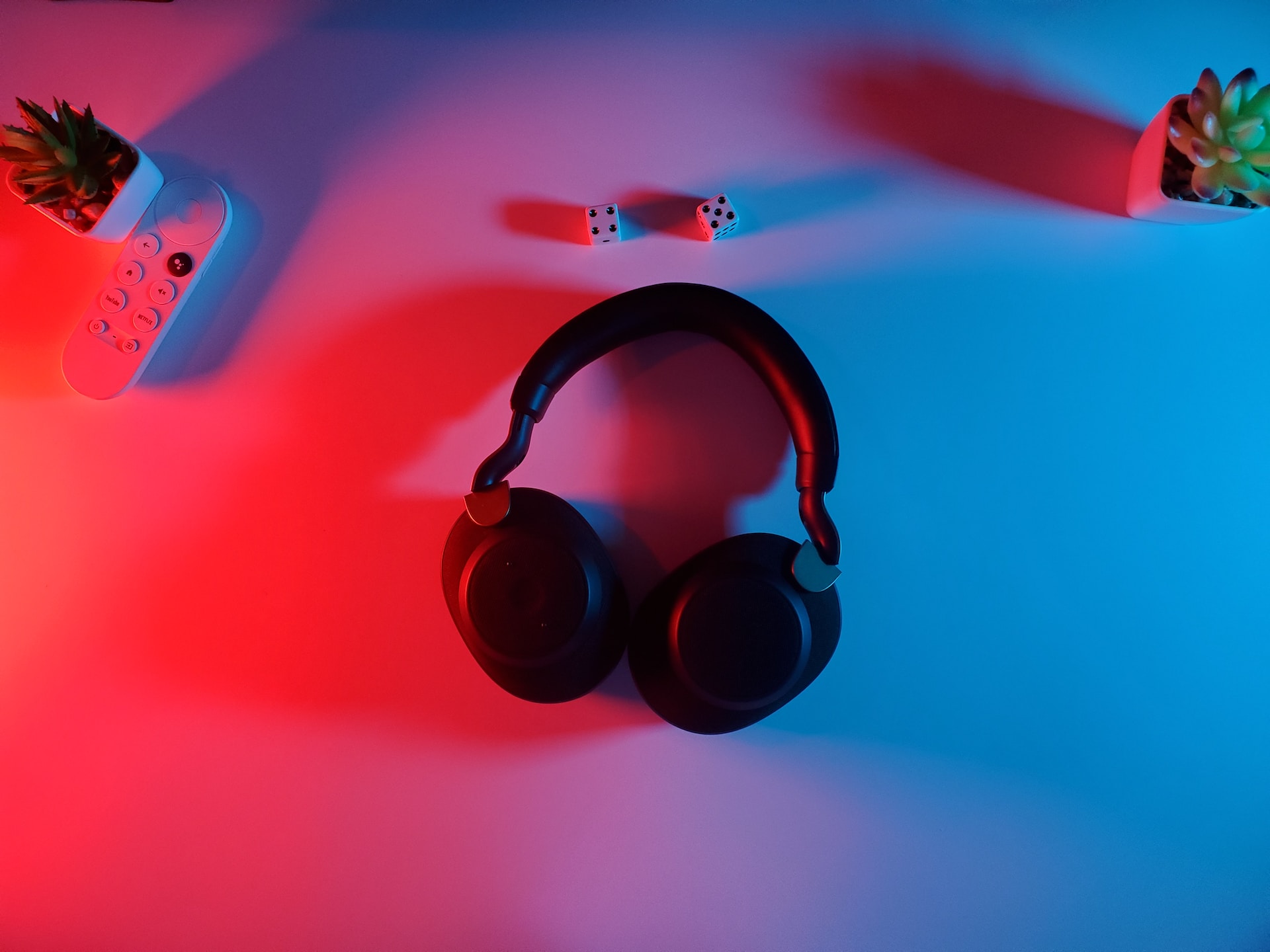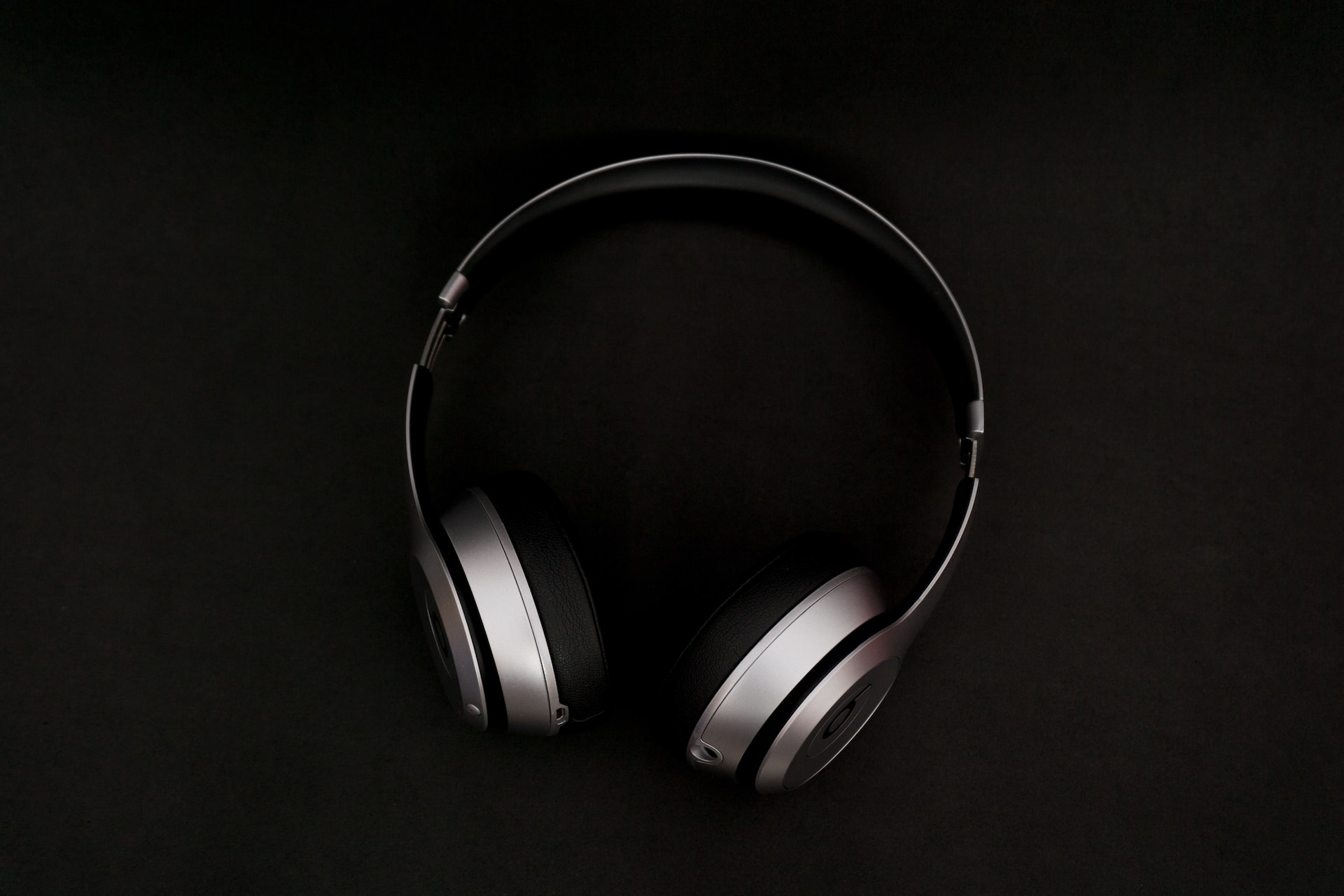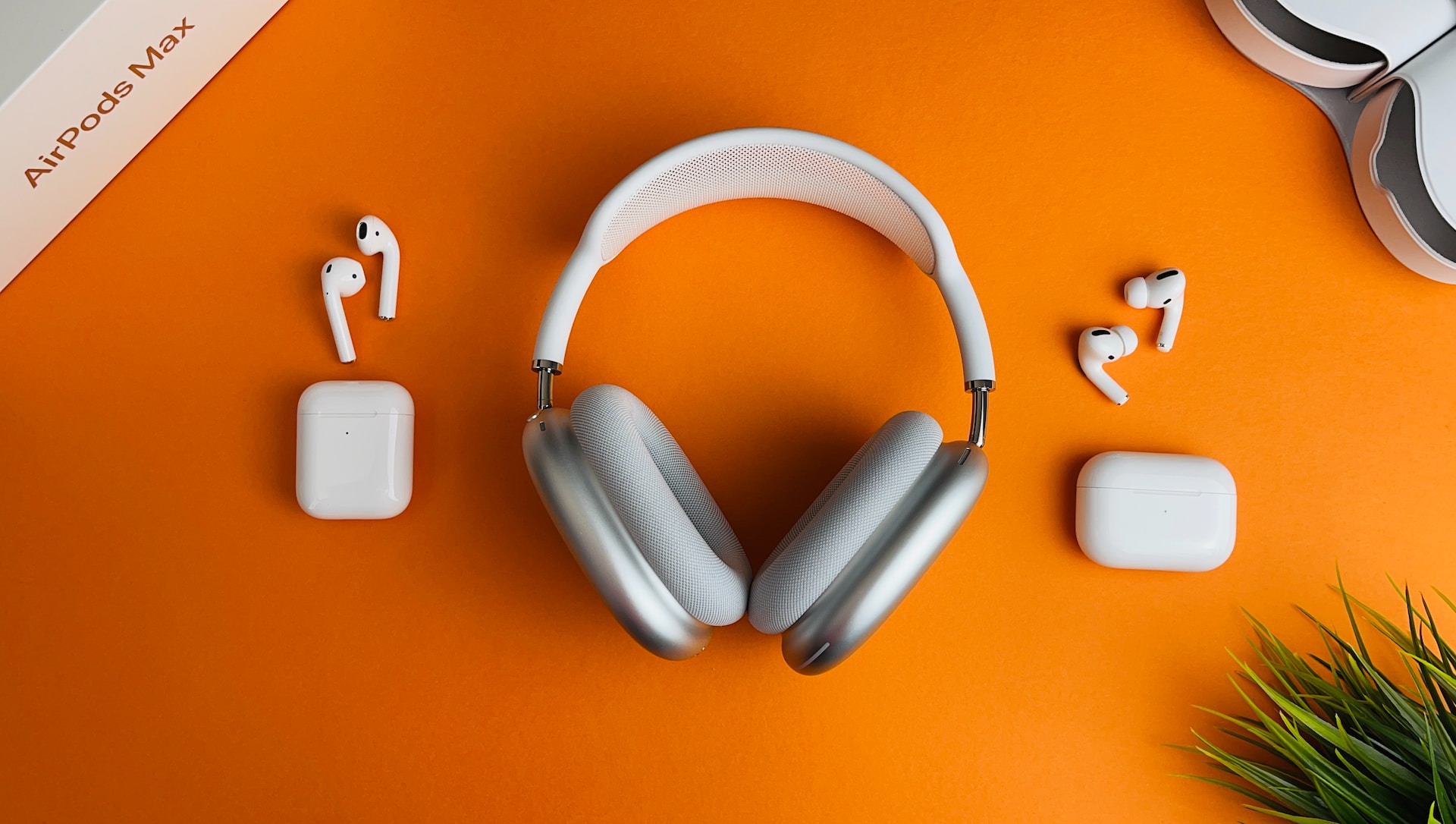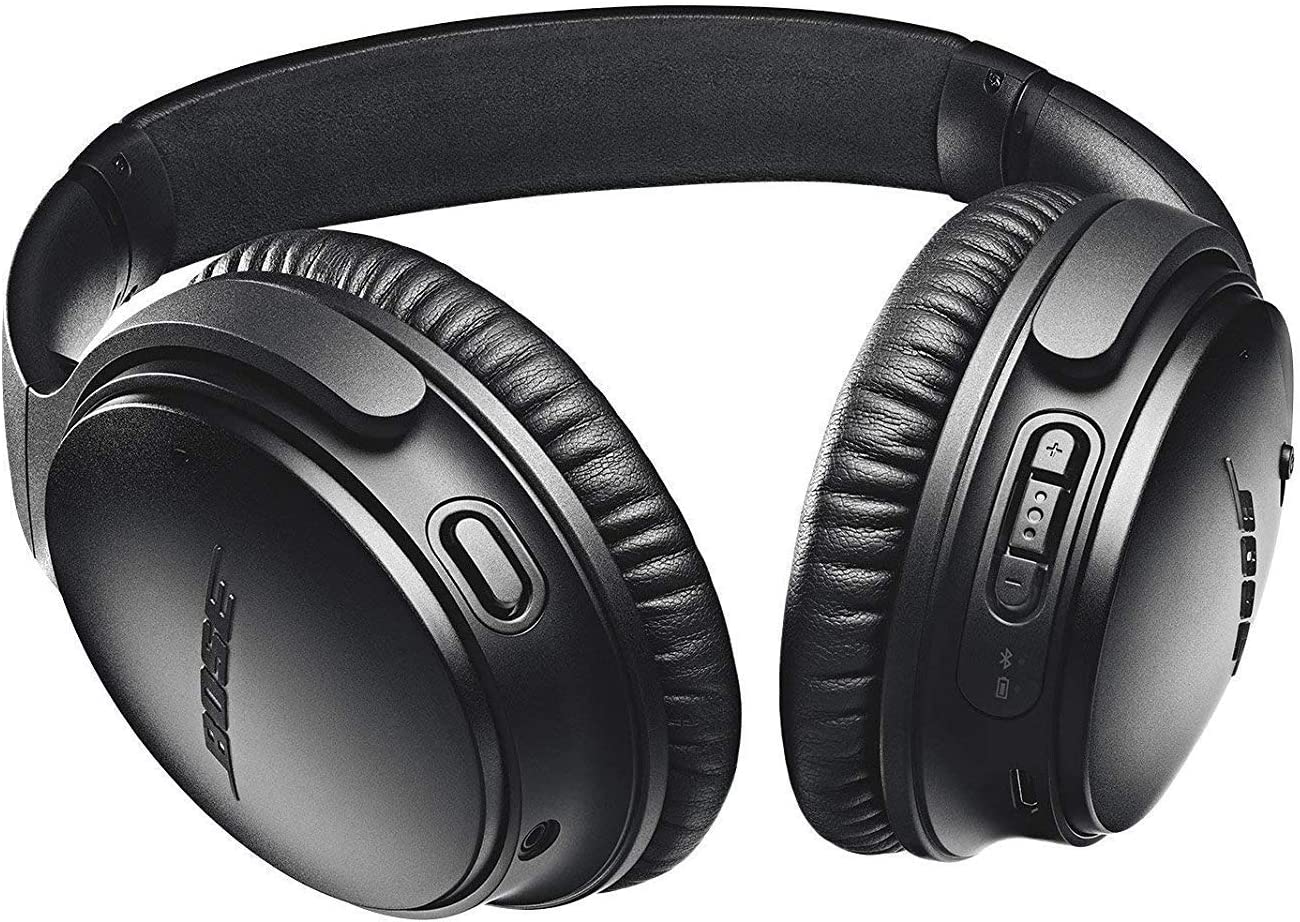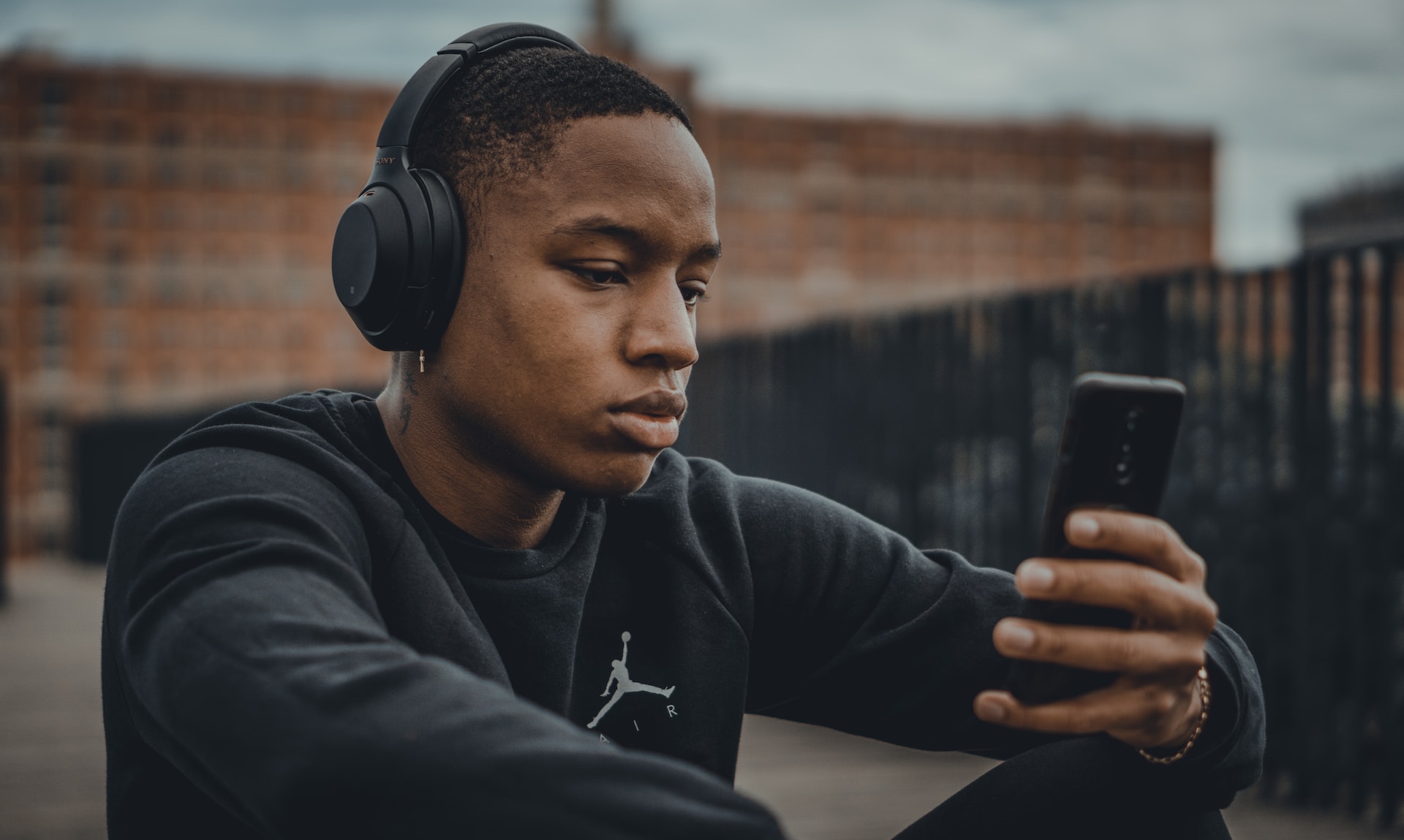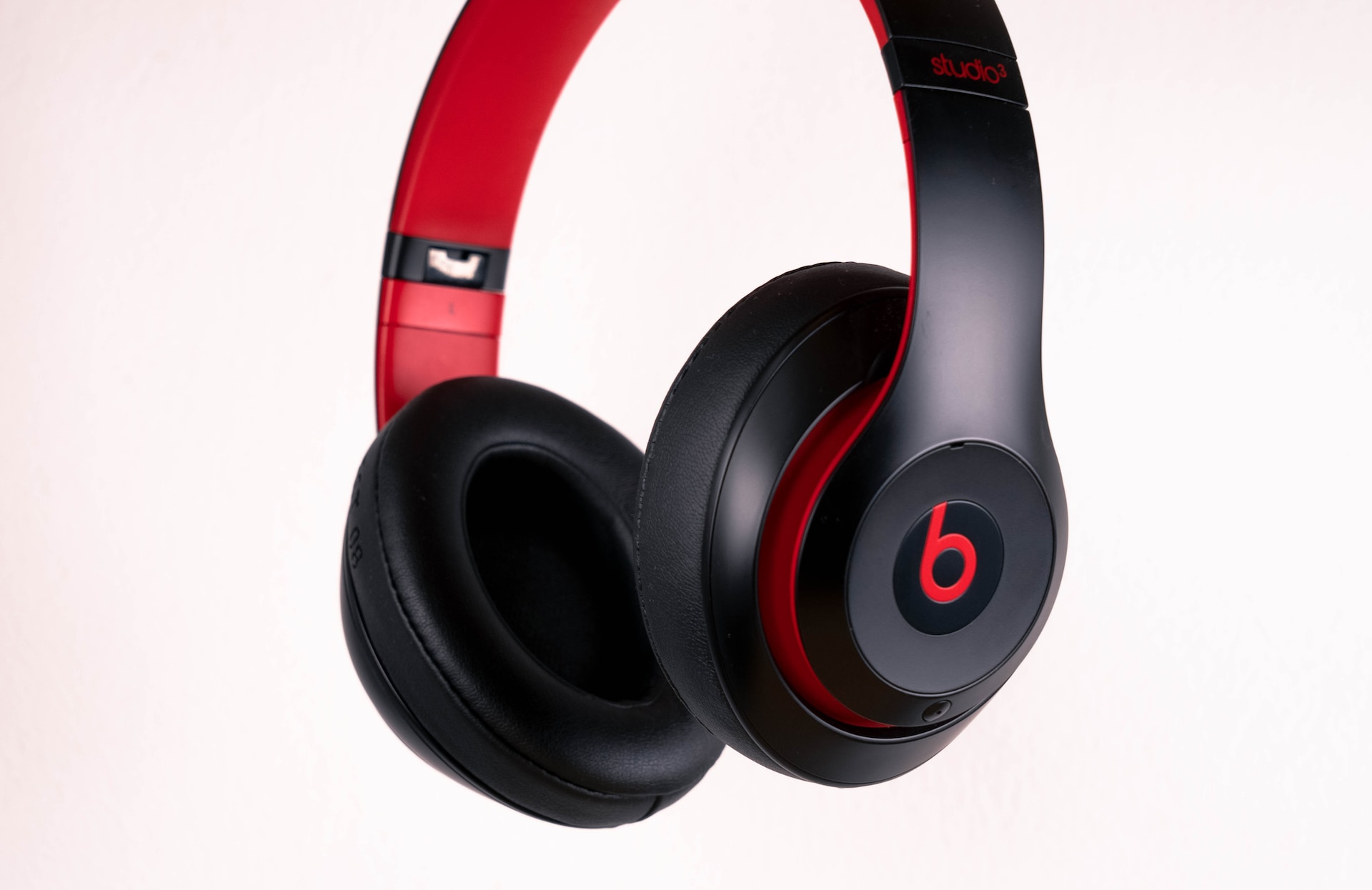Headphones
How to Choose the Best Headphones for Your Needs
Are you looking for a new pair of headphones but not sure which one to buy? Do you want to know the differences between over-ear, on-ear, and in-ear headphones? Do you want to learn about the features and benefits of noise cancellation, wireless connectivity, and sound quality? This article is for you if you answered yes to any of these questions.
In this comprehensive guide, we will help you choose the best headphones for your needs, covering different types, features, benefits, and drawbacks of various headphones. We will also provide some examples and recommendations of the best headphones for different scenarios, such as travel, gaming, music, and more. By the end of this article, you will have a clear idea of what kind of headphones suit you best and how to make an informed purchase decision.
Types of Headphones
The first thing you must consider when choosing headphones is what type you prefer. There are three main types of headphones: over-ear, on-ear, and in-ear. Each type has advantages and disadvantages, depending on your preferences, comfort level, budget, and usage.
Over-Ear Headphones
Over-ear headphones are the largest and most comfortable type of headphones. They have large ear cups that cover your entire ears and create a seal around them.
This helps to isolate you from external noise and provides an immersive sound experience. Over-ear headphones also have more room for larger drivers, which can produce better sound quality and bass response.
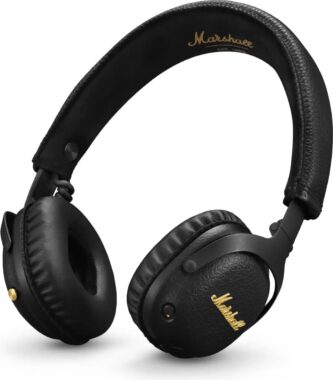
Pros and Cons of Over-Ear Headphones
Some of the pros of over-ear headphones are:
- They offer excellent noise isolation and sound quality
- They are comfortable and suitable for long listening sessions
- They are durable and less likely to fall off your ears
Some of the cons of over-ear headphones are:
- They are bulky and heavy.
- They can make your ears hot and sweaty.
- They are not very portable or discreet.
Best Over-Ear Headphones for Different Scenarios
If you are looking for over-ear headphones, here are some of the best options for different scenarios:
- For travel: Bose QuietComfort 45.
These wireless noise-cancelling headphones are ideal for travel as they block out ambient noise and deliver crisp and clear sound. They also have a long battery life, a comfortable fit, and a sleek design. - For gaming: Sony WH-1000XM5.
These wireless noise-cancelling headphones are great for gaming as they have high-resolution audio quality, a powerful bass response, and a built-in microphone. They also have a touch-sensitive control panel, an adaptive sound mode, and an Alexa voice control feature. - For music: Sennheiser Momentum True Wireless 3.
These wireless earbuds are perfect for music lovers as they have a premium sound quality, a balanced frequency response, and a customizable equalizer. They also have a stylish design, a water-resistant coating, and a transparent hearing mode.
On-Ear Headphones
On-ear headphones are smaller and lighter than over-ear headphones. They have ear pads that rest on your ears rather than cover them.
This makes them more breathable and less isolating than over-ear headphones. On-ear headphones also have smaller drivers than over-ear headphones, affecting their sound quality and bass response.

Pros and Cons of On-Ear Headphones
Some of the pros of on-ear headphones are:
- They are compact and lightweight.
- They are more breathable and cooler than over-ear headphones.
- They are more affordable than over-ear headphones.
Some of the cons of on-ear headphones are:
- They offer less noise isolation and sound quality than over-ear headphones.
- They can be uncomfortable and press on your ears.
- They can leak sound to others around you.
Best On-Ear Headphones for Different Scenarios
If you are looking for on-ear headphones, here are some of the best options for different scenarios:
- For sports and outdoor use: JBL Reflect Aero. These wireless earbuds are designed for sports and outdoor use as they have a secure fit, a sweat-resistant coating, and a reflective cable. They also have a powerful sound quality, a long battery life, and an IPX7 rating.
- For school or work: Jabra Elite 45h. These wireless on-ear headphones are ideal for school or work as they have a sleek design, a foldable structure, and a built-in microphone. They also have superb sound quality, a long battery life, and an app-based customization feature.
- For casual listening: Sony ZX Series Wired On-Ear Headphones. These wired on-ear headphones are suitable for casual listening as they have a simple design, a tangle-free cord, and an adjustable headband. They also have decent sound quality, a low price tag, and an Amazon’s Choice rating.
In-Ear Headphones
In-ear headphones are the smallest and most portable type of headphones. They have ear tips that fit inside your ear canal rather than rest on your ears.
This helps to create a tight seal that blocks out external noise and enhances sound quality. In-ear headphones also have very small drivers that can produce impressive sound quality despite their size.

Pros and Cons of In-Ear Headphones
Some of the pros of in-ear headphones are:
- They offer excellent noise isolation and sound quality.
- They are very portable and discreet.
- They are compatible with most devices.
Some of the cons of in-ear headphones are:
- They can be uncomfortable or fall out easily
- They can cause ear infections or damage if used improperly
- They can be easily lost or damaged
Best In-Ear Headphones for Different Scenarios
If you are looking for in-ear headphones, here are some of the best options for different scenarios:
- For noise cancellation: Bose QuietComfort Earbuds II. These truly wireless earbuds are the best noise-cancelling earphones on the market, as they have an adjustable ANC feature that can block out ambient noise. They also have superb sound quality, a comfortable fit, and a wireless charging case.
- For wireless connectivity: Sony WF-1000XM4. These truly wireless earbuds are the best wireless model for audiophiles, as they have high-resolution audio quality, a powerful bass response, and LDAC codec support. They also have effective noise cancellation, a long battery life, and a smart control app.
- For budget: Anker Soundcore Space A40. These wireless earbuds are the best affordable noise-cancelling, as they have a decent ANC feature that can reduce low-frequency noise. They also have a balanced sound quality, a long battery life, and a water-resistant design.
Features of Headphones
The second thing you must consider when choosing headphones is what features you want or need. Many features can enhance your listening experience, such as noise cancellation, wireless connectivity, and sound quality.
However, not all features are equally important or useful for everyone, and some features may come with trade-offs or costs. Therefore, you need to weigh the pros and cons of each feature and decide which ones are worth paying for.
Noise Cancellation
Noise cancellation is a feature that reduces or eliminates unwanted external noise from your audio. It can help you focus on your music or calls without being distracted by background sounds. Noise cancellation can be either active or passive. Active noise cancellation (ANC) uses microphones and electronics to create an opposite sound wave that cancels the noise. Passive noise cancellation (PNC) uses physical barriers such as ear tips or ear cups to block out the noise.
How Noise Cancellation Works
Noise cancellation works by using the principle of destructive interference. When two sound waves with the same frequency and amplitude meet, they cancel each other out and produce silence.
ANC headphones use microphones to detect ambient noise and generate an anti-noise signal that is inverted and equal to the noise. This anti-noise signal is mixed with the audio signal and delivered to your ears through the drivers. PNC headphones use ear tips or cups that fit snugly in or around your ears and create a seal that prevents the noise from entering your ears.
Benefits and Drawbacks of Noise Cancellation
Some of the benefits of noise cancellation are:
- It improves your audio quality and clarity.
- It protects your hearing from loud noises.
- It enhances your concentration and relaxation.
Some of the drawbacks of noise cancellation are:
- It can be expensive and consume battery power
- It can cause pressure or discomfort in your ears
- It can reduce your awareness of your surroundings
Wireless Connectivity
Wireless connectivity is a feature that allows you to connect your headphones to your audio source without using a cable. It can offer you more freedom and convenience, especially when moving or doing physical activities. Wireless connectivity can be achieved through different technologies like Bluetooth, Wi-Fi, or radio frequency (RF).
How Wireless Connectivity Works
Wireless connectivity uses electromagnetic waves to transmit audio signals from your audio source to your headphones. Bluetooth is the most common and widely compatible technology for wireless headphones.
It uses short-range radio waves to pair your headphones with your smartphone, tablet, laptop, or other Bluetooth-enabled devices. Wi-Fi is another technology that can be used for wireless headphones. It uses longer-range radio waves to connect your headphones to your home network or a Wi-Fi hotspot.
This can allow you to stream high-quality audio from online services or access your local music library. RF is a less common and less compatible technology for wireless headphones. It uses radio waves to connect your headphones to a dedicated transmitter plugged into your audio source.
This can offer a longer range and a more stable connection than Bluetooth or Wi-Fi but may also interfere with other devices or signals.
Benefits and Drawbacks of Wireless Connectivity
Some of the benefits of wireless connectivity are:
- It eliminates the hassle and clutter of wires
- It gives you more mobility and flexibility
- It can be compatible with multiple devices
Some of the drawbacks of wireless connectivity are:
- It can compromise the sound quality and latency
- It can drain the battery life of your headphones and audio source
- It can be affected by interference or signal loss
Sound Quality
Sound quality is a feature that determines how well your headphones reproduce the audio signals from your audio source. It can affect your enjoyment and satisfaction of listening to music, podcasts, movies, games, or calls.
Many factors, such as the drivers, the frequency response, the impedance, the sensitivity, and the codecs, can influence sound quality.
How Sound Quality is Measured
Sound quality is measured by using objective and subjective methods. Objective methods use technical specifications and measurements to evaluate the performance and accuracy of headphones. Some of the common objective metrics are:
- Drivers: The components that convert electrical signals into sound waves. They can vary in size, shape, type, and number. Generally, larger drivers can produce louder and deeper sounds, while smaller drivers can produce clearer and more detailed sounds.
- Frequency response: The range of frequencies that headphones can reproduce. It is usually expressed in hertz (Hz) and decibels (dB). Generally, a wider frequency response can cover more sounds, while a flatter one can deliver more balanced sounds.
- Impedance: The resistance that headphones offer to the electrical current from your audio source. It is usually expressed in ohms (Ω). Generally, lower-impedance headphones are easier to drive and louder, while higher-impedance headphones are harder to drive and quieter.
- Sensitivity: The efficiency in that headphones convert electrical signals into sound waves. It is usually expressed in decibels per milliwatt (dB/mW) or decibels per volt (dB/V). Generally, higher-sensitivity headphones are louder and require less power, while lower-sensitivity headphones are quieter and require more power.
- Codecs: The algorithms that compress and decompress digital audio signals for wireless transmission. They can affect the sound quality and latency of wireless headphones. Some common codecs are SBC, AAC, aptX, LDAC, etc.
Subjective methods use personal preferences and perceptions to evaluate the sound quality of headphones. Some of the common subjective aspects are:
- Sound signature: The overall tonal balance and character of headphones. It can be described using terms such as bass-heavy, bright, warm, neutral, etc.
- Soundstage: The sense of space and dimension that headphones create for the sound. It can be described using terms such as wide, narrow, deep, shallow, etc.
- Detail: The ability of headphones to reveal subtle nuances and textures in the sound. It can be described using terms such as clear, crisp, smooth, muddy, etc.
- Imaging: The ability of headphones to locate and separate different sounds on the soundstage. It can be described using terms such as accurate, precise, realistic, blurred, etc.
Benefits and Drawbacks of Sound Quality
Some of the benefits of sound quality are:
- It enhances your listening experience and enjoyment.
- It reveals more details and dynamics in the sound.
- It suits different genres and styles of music.
Some of the drawbacks of sound quality are:
- It can be subjective and vary from person to person
- It can be affected by external factors such as noise or source quality
- It can be expensive and require additional equipment
How to Choose the Best Headphones for Your Needs
Now that you have learned about the different types and features of headphones, you may wonder how to choose the best headphones for your needs.
This question has no definitive answer, as different headphones may suit different people, preferences, and purposes. However, here are some general tips and factors to consider when choosing headphones:
- Budget: How much are you willing to spend on headphones? This will determine the range and quality of headphones you can choose from.Generally, you get what you pay for, so don’t expect to get high-end headphones for a low price. However, you can also find some decent headphones that offer good value for money if you do some research and comparison.
- Purpose: What are you going to use your headphones for? This will determine the type and features of headphones you need. For example, if you want headphones for travel, you may want to get wireless noise-cancelling over-ear headphones that offer comfort and isolation.If you want headphones for sports or outdoor use, you may want to get wireless water-resistant in-ear headphones that offer stability and durability. If you want headphones for music or gaming, you may want to get wired high-quality over-ear or in-ear headphones that offer sound quality and accuracy.
- Compatibility: What devices are you going to connect your headphones to? This will determine the connectivity and compatibility of your headphones. For example, if you want to connect your headphones to your smartphone or tablet, you may want to get wireless Bluetooth headphones that are easy and convenient to pair.You may want to get wired headphones with a standard 3.5mm jack or a USB adapter to connect your headphones to your laptop or PC. If you want to connect your headphones to a high-end audio player or amplifier, you may want to get wired headphones with low impedance and high sensitivity.
- Comfort: How comfortable are your headphones? This will determine how long and how often you can wear your headphones. Comfort is subjective and depends on your preferences and ear anatomy.However, some general aspects that affect comfort are the headphones’ size, shape, weight, material, and fit. For example, over-ear headphones are more comfortable than on-ear or in-ear headphones, as they evenly distribute the pressure around your ears. However, they can also be heavier and hotter than other headphones.
On-ear headphones tend to be lighter and cooler than over-ear headphones, but they can also press on your ears and cause discomfort. In-ear headphones tend to be the most portable and discreet type, but they can also be uncomfortable or fall out easily if they don’t fit well in your ear canal.
- Sound quality: How good do your headphones sound? This will determine how much you enjoy and appreciate your listening experience. Sound quality is also subjective and depends on your preferences and hearing abilities.However, some general aspects that affect sound quality are the drivers, the frequency response, the impedance, the sensitivity, and the codecs of the headphones. For example, larger drivers produce louder and deeper sounds than smaller drivers.
A wider frequency response tends to cover more sounds than a narrower one. A lower impedance tends to be easier and louder to drive than a higher impedance. A higher sensitivity tends to be more efficient and louder than a lower sensitivity. A better codec tends to compress and decompress digital audio signals with less loss than a worse codec.
To sum up, choosing the best headphones for your needs is not easy, as there are many factors and options to consider. However, by following these tips and factors, you can narrow your choices and find the best headphones.
Conclusion
Headphones are one of the most popular and versatile audio devices that can enhance your listening experience. Whether you want to listen to music, podcasts, movies, games, or calls, there is a pair of headphones that suits your needs.
In this article, we have covered the different types of headphones (over-ear, on-ear, and in-ear), the different features of headphones (noise cancellation, wireless connectivity, and sound quality), and how to choose the best headphones for your needs (budget, purpose, compatibility, comfort, and sound quality).
We hope this article has helped you choose the best headphones. If you have any questions or feedback, please comment below.
FAQs
Here are some frequently asked questions and answers about headphones:
How do I clean my headphones?
You can use a soft cloth, or a cotton swab dipped in mild soap and water to gently wipe the ear pads, ear tips, and housings of your headphones. Avoid using alcohol, solvents, or abrasive materials that may damage the headphones. Make sure to dry the headphones thoroughly before using them again.
How do I store my headphones?
You can use a case or a pouch to store your headphones when not in use. This can protect them from dust, moisture, and physical damage. Avoid exposing your headphones to extreme temperatures, humidity, or direct sunlight. Also, avoid wrapping the cord around the headphones or bending it sharply, which may cause wear and tear.
How do I pair my wireless headphones with my device?
You can pair your wireless headphones with your device by following these steps:
-
- Turn on your device’s Bluetooth function and make it discoverable.
- Turn on your headphones and put them in pairing mode. This may vary depending on the model of your headphones but usually involves pressing and holding a button or a switch until a light flashes or a voice prompt is heard.
- Scan for available Bluetooth devices on your device and select your headphones from the list.
- If prompted, enter a passcode or confirm the pairing. The passcode is usually 0000 or 1234 unless otherwise specified by the manufacturer.
- Once paired, you should hear a confirmation sound or see a notification on your device.
How do I adjust the volume or change the track on my headphones?
You can adjust the volume or change the track on your headphones by using the controls on the headphones or your device.
The controls may vary depending on the model of your headphones but usually involve buttons, switches, dials, touch sensors, or voice commands. Refer to the user manual of your headphones for more details.
How do I charge my wireless headphones?
You can charge your wireless headphones using a USB cable and a power source. The power source can be a computer, a wall charger, a power bank, or a wireless charging pad.
The charging time and battery life may vary depending on the model of your headphones and the power source. Refer to the user manual of your headphones for more details.
How do I troubleshoot my headphones if they don’t work properly?
You can troubleshoot your headphones if they don’t work properly by following these steps:
-
- Check if the headphones are turned on and have enough battery power.
- Check if the headphones are connected to your device properly. If they are wireless, make sure they are paired and within range. If they are wired, ensure they are plugged in securely and there is no damage to the cord or jack.
- Check if the volume is set to an audible level on both the headphones and the device.
- Check if any interference or obstruction may affect the headphones’ sound quality or connectivity. This may include other Bluetooth devices, Wi-Fi routers, microwave ovens, metal objects, walls, etc.
- Check if any dirt or debris may block the sound output or input of the headphones. Clean them gently with a soft cloth or a cotton swab if needed.
- Check if there is any damage or defect that may affect the functionality of the headphones. Contact the manufacturer or an authorized service centre if needed.
How do I choose the right size and shape of ear tips for my in-ear headphones?
You can choose the right size and shape of ear tips for your in-ear headphones by following these steps:
-
- Try different sizes and shapes of ear tips that come with your headphones, or buy some aftermarket ones that are compatible with your headphones.
- Insert the ear tips into your ear canal and twist them slightly to create a seal. You should feel a snug fit without any gaps or pressure.
- Test the ear tips’ sound quality and noise isolation by playing music or noise. You should hear a clear and balanced sound without any distortion or leakage.
- Test the comfort and stability of the ear tips by moving your head or jaw. You should not feel pain or discomfort or have any ear tips fall out.
How do I use the noise cancellation feature on my headphones?
You can use the noise cancellation feature on your headphones by following these steps:
- Turn on your headphones and activate the noise cancellation feature. This may vary depending on the model of your headphones but usually involves pressing a button or a switch or using an app.
- Adjust the level of noise cancellation according to your preference and environment. Some headphones have different modes or settings for different scenarios, such as aeroplanes, offices, or outdoors. Some headphones also have an adaptive or smart feature that automatically adjusts the level of noise cancellation based on ambient noise.
- Enjoy your listening experience without being disturbed by external noise.
How do I use the wireless connectivity feature on my headphones?
You can use the wireless connectivity feature on your headphones by following these steps:
-
- Turn on your headphones and put them in pairing mode. This may vary depending on the model of your headphones but usually involves pressing and holding a button or a switch until a light flashes or a voice prompt is heard.
- Turn on your device’s Bluetooth function and make it discoverable.
- Scan for available Bluetooth devices on your device and select your headphones from the list.
- If prompted, enter a passcode or confirm the pairing. The passcode is usually 0000 or 1234 unless otherwise specified by the manufacturer.
- Once paired, you should hear a confirmation sound or see a notification on your device.
How do I update the firmware or software of my headphones?
You can update the firmware or software of your headphones by following these steps:
-
- Check if a new firmware or software version is available for your headphones. You can use an app or a website provided by the manufacturer to find out more information and download the updated file.
- Connect your headphones to your device or computer with a USB cable or a wireless connection. Ensure your headphones, device, or computer have enough battery power and are connected to the internet.
- Follow the app or website instructions to install the update file on your headphones. Do not turn off or disconnect your headphones, device, or computer during the update process.
- Once the update is completed, you should see a confirmation message on the app or website. You may need to restart your headphones or device, or computer for the update to take effect.
How do I reset my headphones to factory settings?
You can reset your headphones to factory settings by following these steps:
-
- Turn off your headphones and disconnect them from any device or power source.
- Press and hold a button or a switch on your headphones for a few seconds until a light flashes or a voice prompt is heard. This may vary depending on the model of your headphones but usually involves the power button, the noise cancellation button, or the pairing button.
- Release the button or switch and wait for a few seconds until the light stops flashing or the voice prompt stops.
- Your headphones are now reset to factory settings. You may need to pair them again with your device or adjust your settings.


